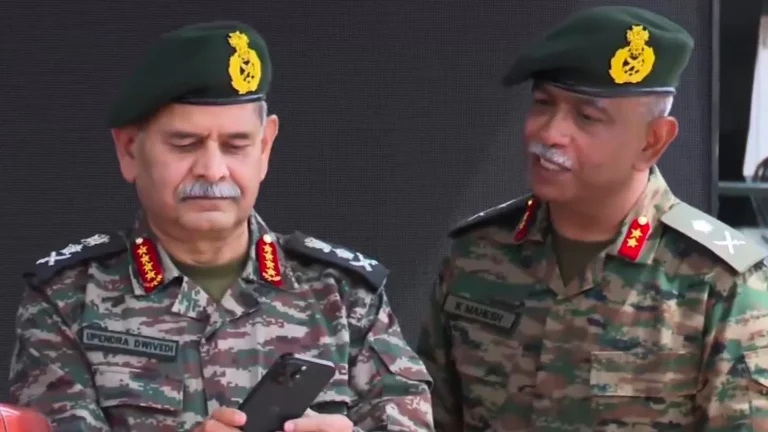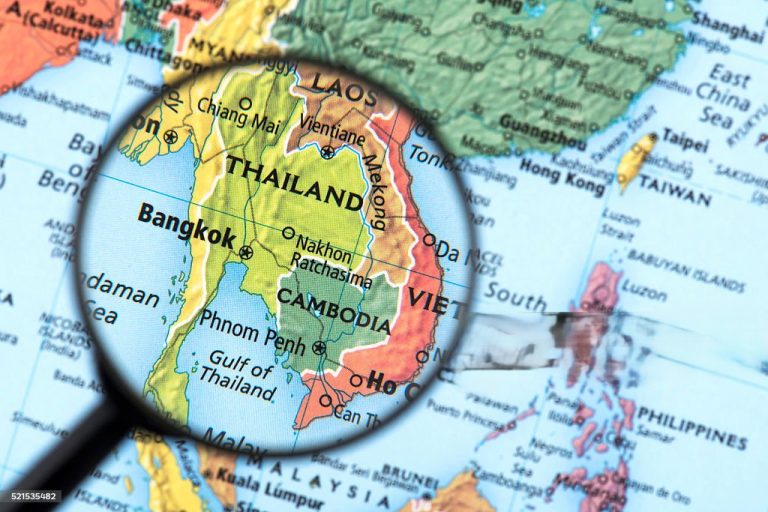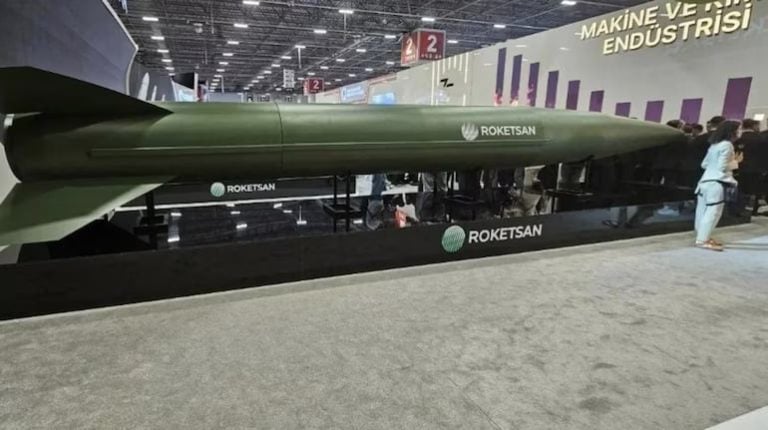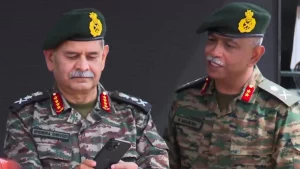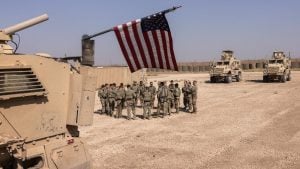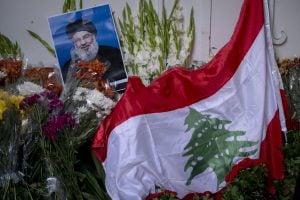In May 2025, South Asia witnessed a sudden and intense military confrontation between India and Pakistan, triggered by a brutal militant attack in Kashmir that resulted in the deaths of 26 civilians, most of whom were Hindu tourists. Just 72 hours after hostilities escalated, Pakistan inexplicably called for a ceasefire. This swift reversal raises questions about the underlying factors that compelled Pakistan to seek peace amid rising tensions.
The conflict’s immediate catalyst occurred on April 22, 2025, when militants assaulted a tourist convoy in Pahalgam, Jammu and Kashmir. India swiftly attributed the attack to Pakistan-based groups, naming Jaish-e-Mohammed and Lashkar-e-Taiba. Despite vehement denials from Islamabad, India executed Operation Sindoor, a cross-border offensive commencing on May 7, which targeted terror infrastructure in Pakistan-occupied Kashmir and further into Pakistani territory, including prominent areas like Bahawalpur and Punjab.
As the confrontation intensified, Pakistan retaliated with Operation Bunyan-un-Marsoos, aiming at Indian military assets. Notably, this marked the first instance of direct drone warfare between the nations, combining missile strikes, border skirmishes, and cyber operations in a complex escalation.
India’s Operation Sindoor stood as its most coordinated military response since the Kargil War, aimed at delivering a potent message that it possessed both the intent and capability for deep strikes within Pakistan. The operation unfolded over two phases: the first focused on pinpoint strikes against nine terrorist camps, employing advanced munitions like Crystal Maze missiles, and real-time imagery for damage assessment. The second phase escalated the offensive, employing a broad range of precision air-to-ground missiles and loitering munitions to disable various Pakistani air defense systems. Reports indicated that India’s actions successfully targeted crucial PAF installations while confirming the return of all Indian pilots unscathed.
The use of advanced air defense systems augmented India’s operational effectiveness, allowing for enhanced air dominance amidst a backdrop of increasing Pakistani threats. Pakistan initially responded with a barrage of disinformation tactics, attempting to counter India’s narrative, but these efforts were largely discredited by international analysts. The psychological impact on Pakistan was significant, fostering concerns within its military leadership about the effectiveness of their defense capabilities.
By the early morning of May 10, following documented ballistic missile strikes on vital airbases, Pakistan’s military leadership initiated contact with Indian counterparts, advocating for a ceasefire. Several factors played a crucial role in this rapid call for de-escalation.
First, the military shock experienced by Pakistan was palpable. Operation Sindoor inflicted severe damage on strategic installations, overwhelming Pakistan’s air defense systems. The capability demonstrated by India suggested an unprecedented level of military preparedness and technological superiority, effectively paralyzing Pakistan’s operational command.
Second, Pakistan’s economic weaknesses compounded its military vulnerabilities. Already grappling with a severe economic downturn, the threat of prolonged conflict painted a grim picture for its financial stability. High inflation and dwindling foreign reserves curtailed Pakistan’s ability to sustain a military engagement without exacerbating its economic crisis.
Moreover, the internal political landscape in Pakistan was marked by unrest and dissatisfaction with the Sharif government, further complicating its strategic calculus. Rising public dissent and civil-military tensions left the leadership wary of mobilizing national support for extended conflict.
Diplomatically, Pakistan found itself isolated compared to previous confrontations. Support from traditional allies, including China, was muted, as global powers emphasized the need for restraint and diplomacy. This lack of international backing, combined with the overwhelming operational reality imposed by India, forced Pakistan to seek a strategic retreat.
The international community reacted swiftly, urging both nations to de-escalate and return to dialogue. The U.S. and European powers expressed concerns over the potential for wider regional instability while acknowledging India’s right to self-defense.
As the ceasefire took effect on the evening of May 10, the immediate aftermath revealed ongoing tensions, with reports of ceasefire violations by Pakistani forces almost immediately surfacing. Despite this, India’s objectives were largely accomplished, having successfully struck key terror infrastructures and showcased its military capabilities. The leadership celebrated the operational success, indicating a shift in India’s strategic posture—one that reflected both military might and caution in avoiding escalation beyond conventional warfare.
In conclusion, Pakistan’s rapid plea for a ceasefire was a calculated response shaped by military setbacks, economic constraints, and diplomatic isolation. Operation Sindoor not only demonstrated India’s military evolution but also marked a significant shift in the strategic dynamics of South Asia, raising the stakes for future encounters and forcing a reassessment of military doctrines on both sides. The operation underscored that while active conflict had ceased, the underlying issues fueling India-Pakistan tensions remained unresolved, suggesting that peace in the region will require sustained diplomatic efforts and strategic recalibrations moving forward.






